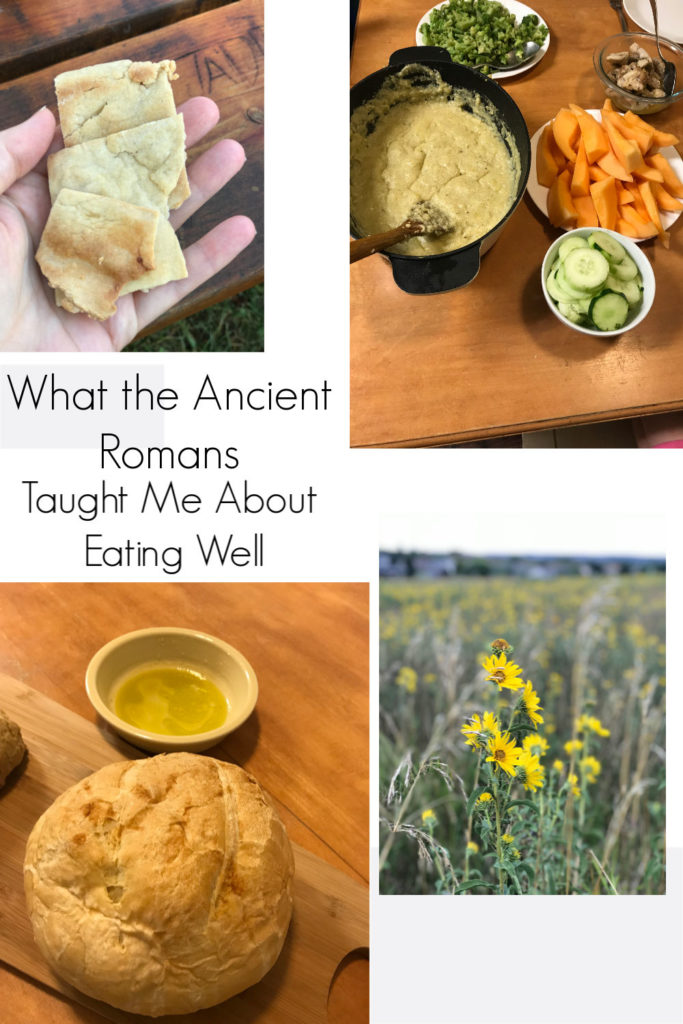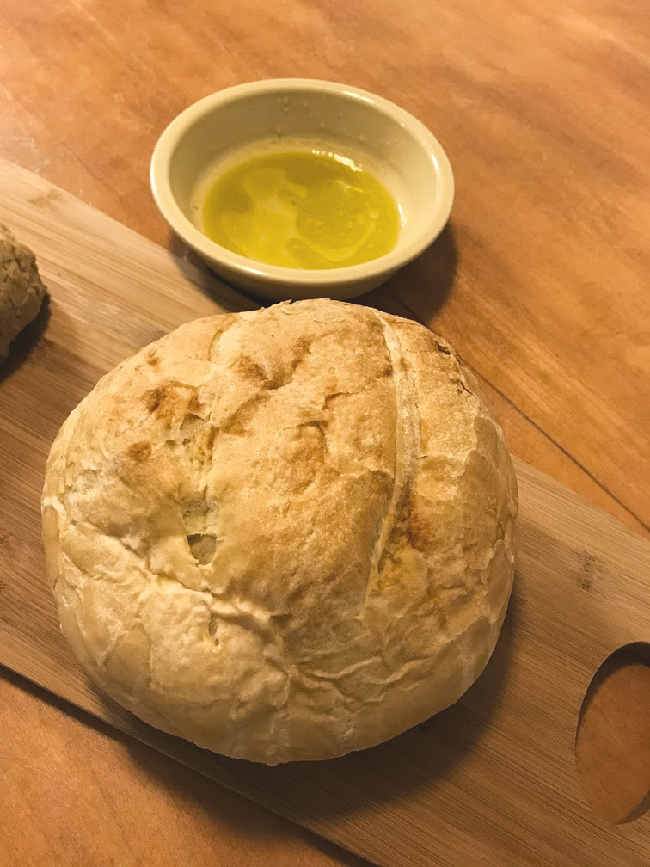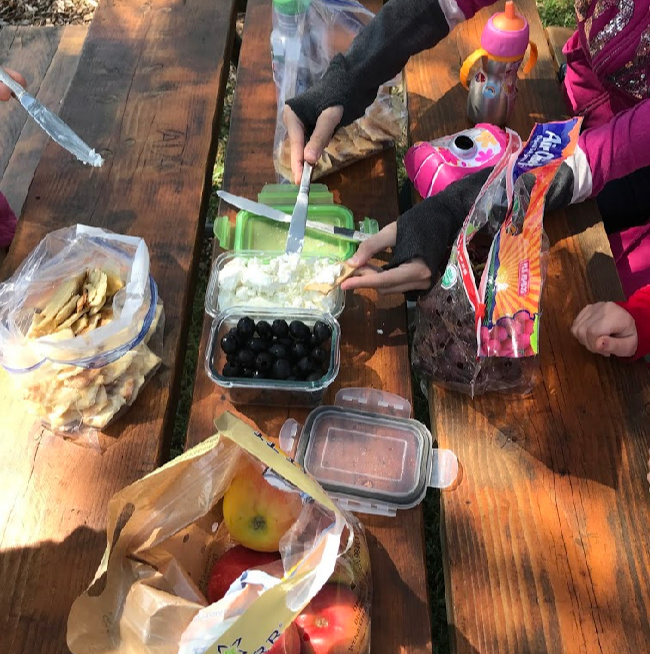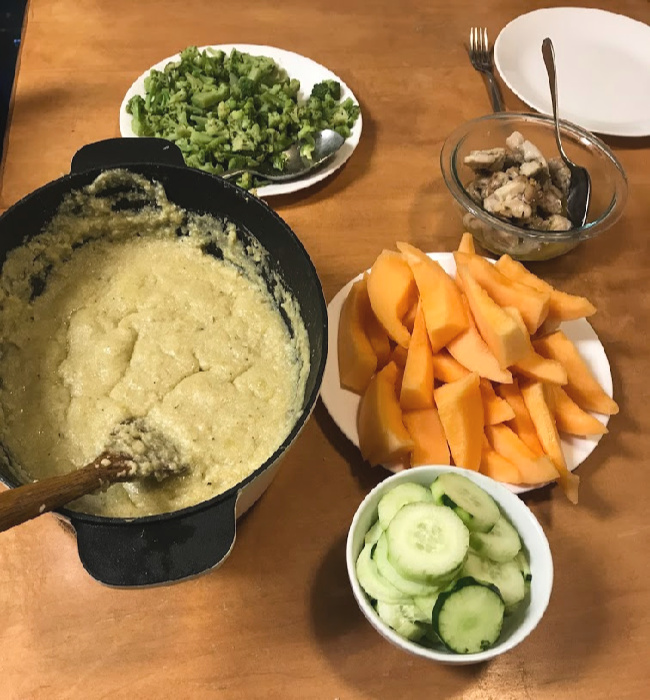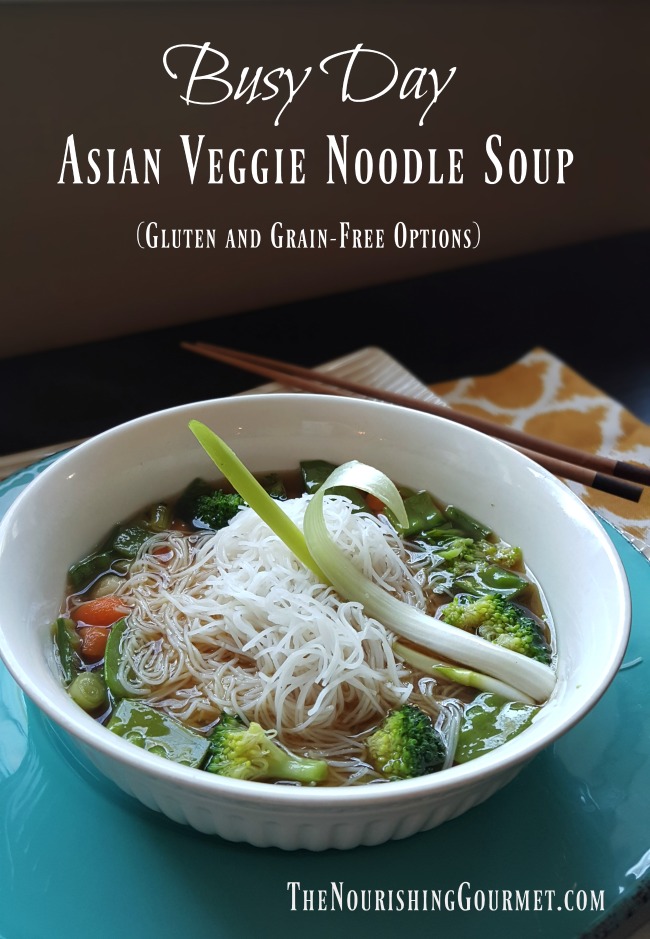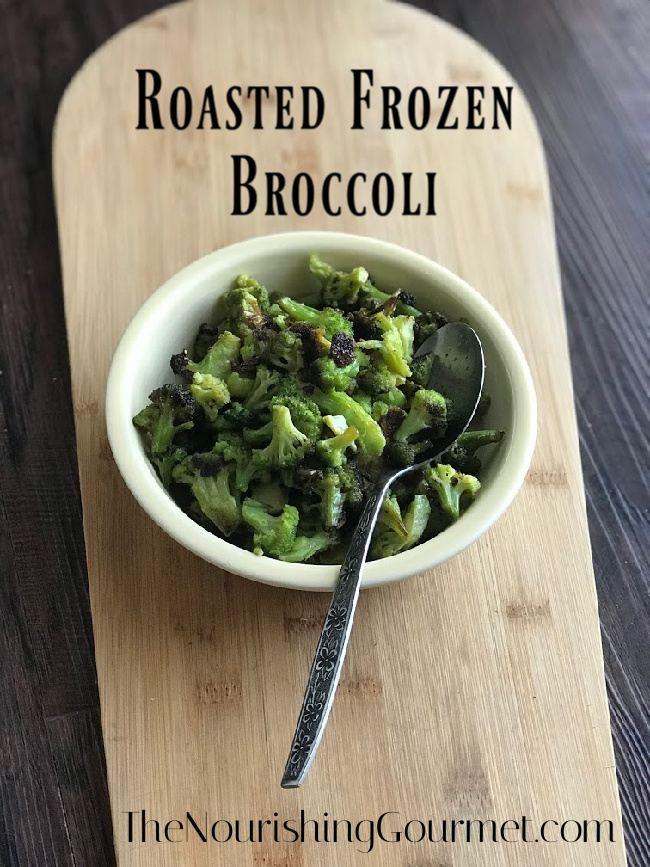
We have a problem. If we don’t like how I prepare vegetables, they are pushed around on our plates and barely touched. This is no good, as I believe that vegetables are not only important for our health, but they can also be a delicious part of our daily diet as well.
So when we made our big move to South Dakota, I faced a new problem. Back in Portland, Oregon, I had a large array of options for vegetables. Here? Not so much. Don’t get me wrong, there are still plenty of stores and some good options, but I found that I was eating less vegetables, they were costing a little more, and I wasn’t getting as good of a variety into our diets. Because of the climate here, we simply don’t have as many local options for produce.
I needed to change my game plan, and that meant being willing to try more frozen vegetables. I have, admittedly, long eschewed frozen vegetables, and we mainly used them as a stop-gap. But I realized that there were many great frozen vegetables options here and I needed to figure out how to make them a little more delicious. I’m proud to say that we now eat them on a regular basis and all of us love them. Why?
Can You Roast Frozen Vegetables?
Well, it turns out that you can roast them just like you do fresh vegetables! Why does roasting make fresh and frozen vegetables so much better? For a number of reasons: It helps crisp vegetables while they cook and if you leave them in long enough they will start to caramelize and give you a savory depth of flavor.
Steamed frozen vegetables can sometimes have a mushy texture once cooked, or be very bland in flavor. I did find that the recipe I used for my cooking like a Roman day, using a spiced wine sauce with frozen broccoli, was really delightful. So you can absolutely have good steamed frozen vegetables.
However, roasting them is a more fail-safe way for delicious vegetables that takes very little hands-on time.
It’s also very versatile. We’ve done frozen Brussels sprouts, a carrots, broccoli and cauliflower mix, and both cauliflower and broccoli. The only thing we haven’t really been fans of is the frozen carrots. They were far better when roasted than steamed, but we found we preferred the other vegetables.
Basic Method for Roasting Frozen Vegetables
Basic Method: Roasting vegetables is very easy. The basis concept is to toss frozen vegetables (don’t defrost) with oil, salt and pepper and roast in a hot oven until they are browned and crispy. I often don’t even set a timer.
Additions: You can also toss them with dried herbs, fresh garlic before they go in the oven, or toss with a splash of balsamic vinegar and fresh herbs right after they come out of the oven. Or, roast with chopped bacon. This is the type of recipe where knowing the basic method is helpful, and then you can have fun trying a variety of vegetables and herbs and spices.
But to get you started, here is a basic recipe for Roasted Frozen Broccoli
Roasted Frozen Broccoli
1 package of frozen broccoli (16 oz)
2-3 tablespoons of oil or melted fat of your choice
Salt and pepper
- Preheat oven to 425F. I use parchment paper because I use sheet pans that are aluminum, but you can an unlined sheet pan as well.
- Toss broccoli with oil/fat and salt and pepper. Place in oven and cook until browned to desired doneness. (between 15-35 minutes).
Variation: My favorite variation is adding some sliced fresh onions to the broccoli before it cooks and then tossing with chopped fresh basil and a splash of balsamic vinegar once it’s out of the oven. Fabulous!
